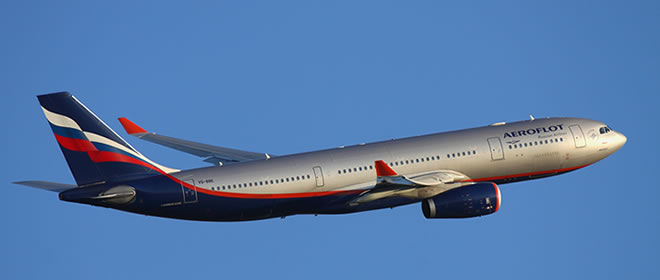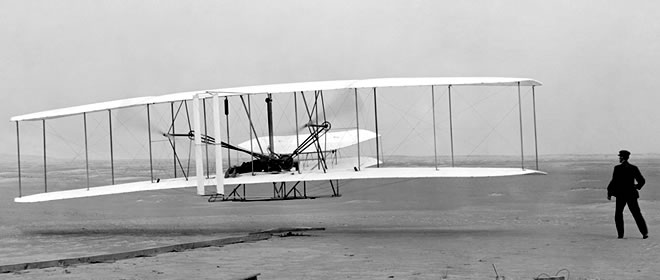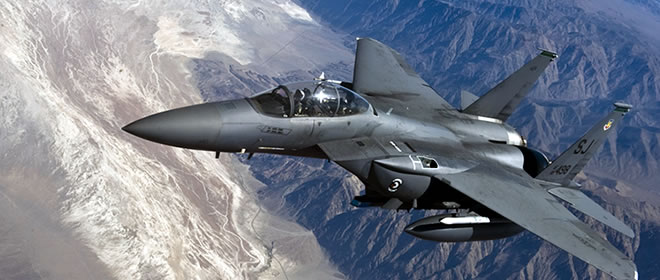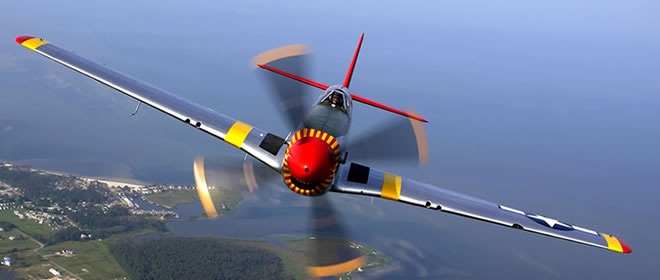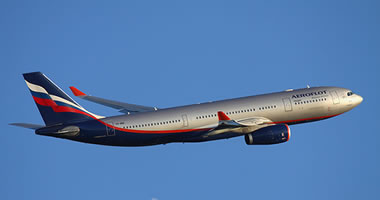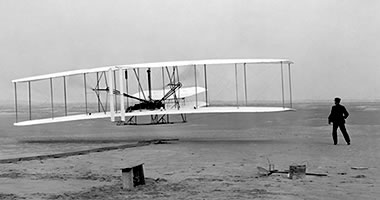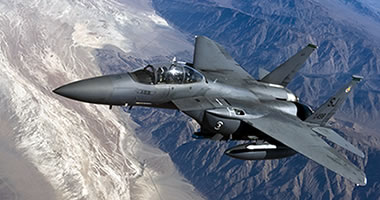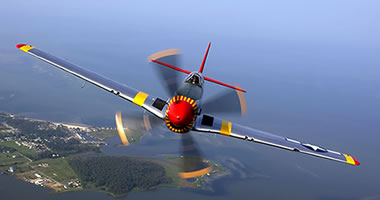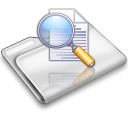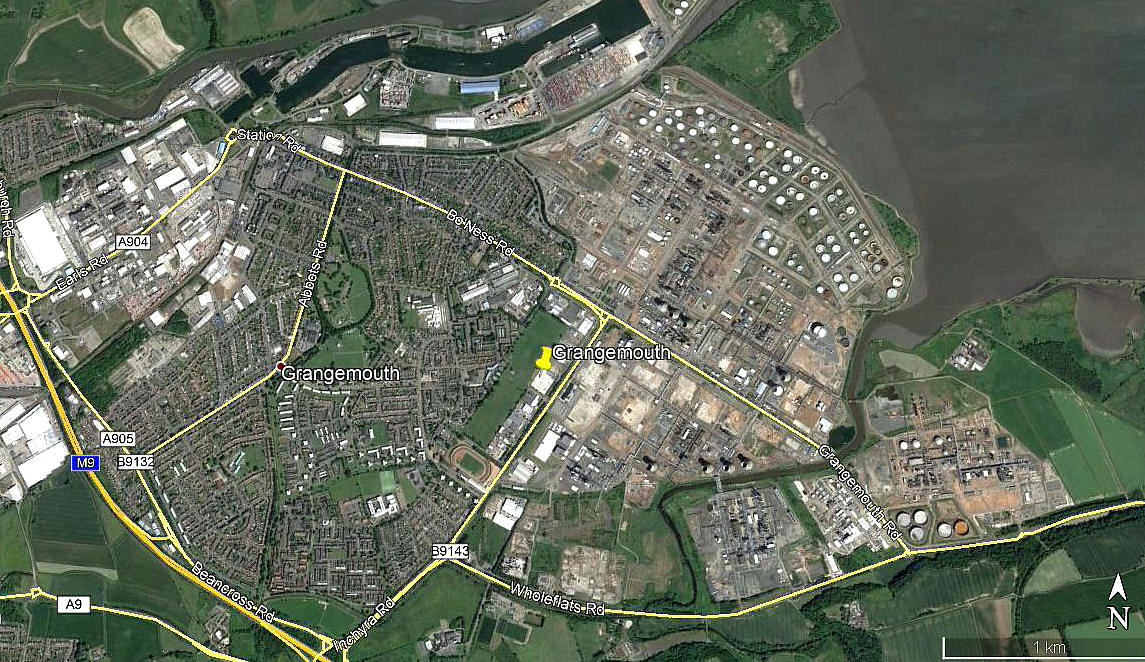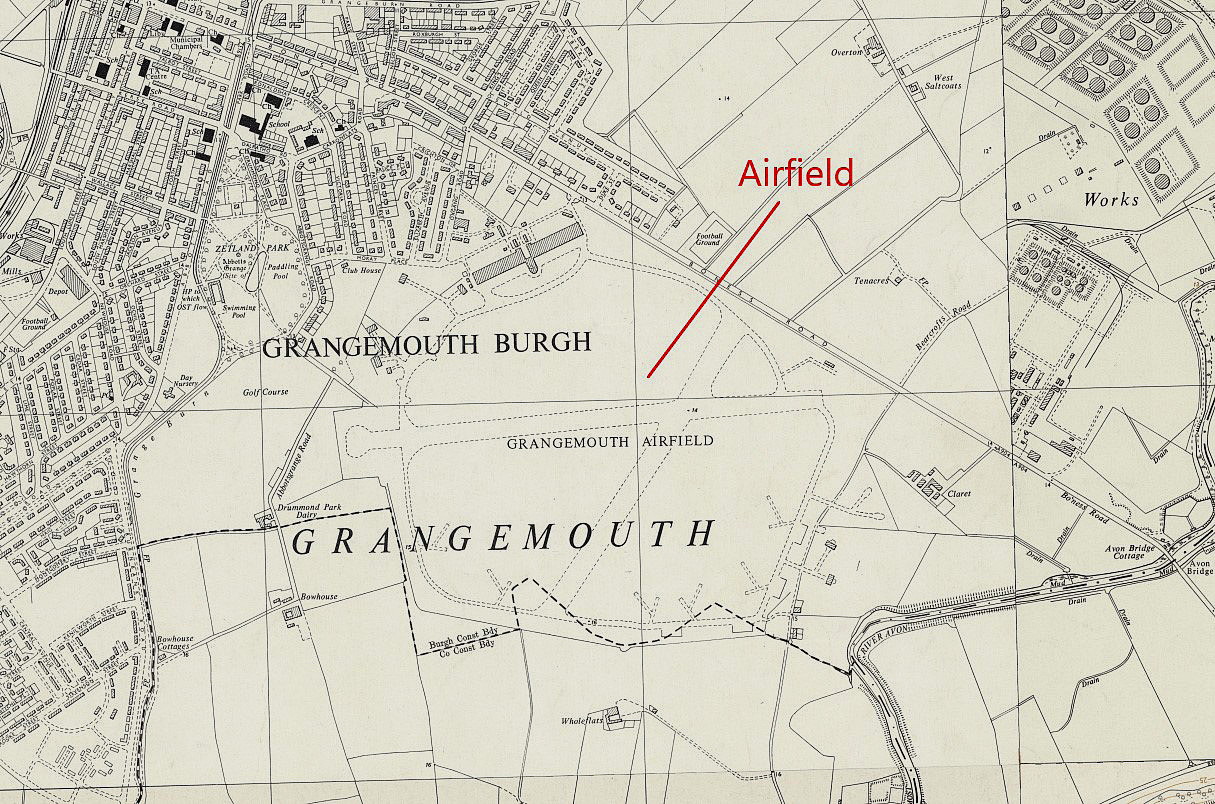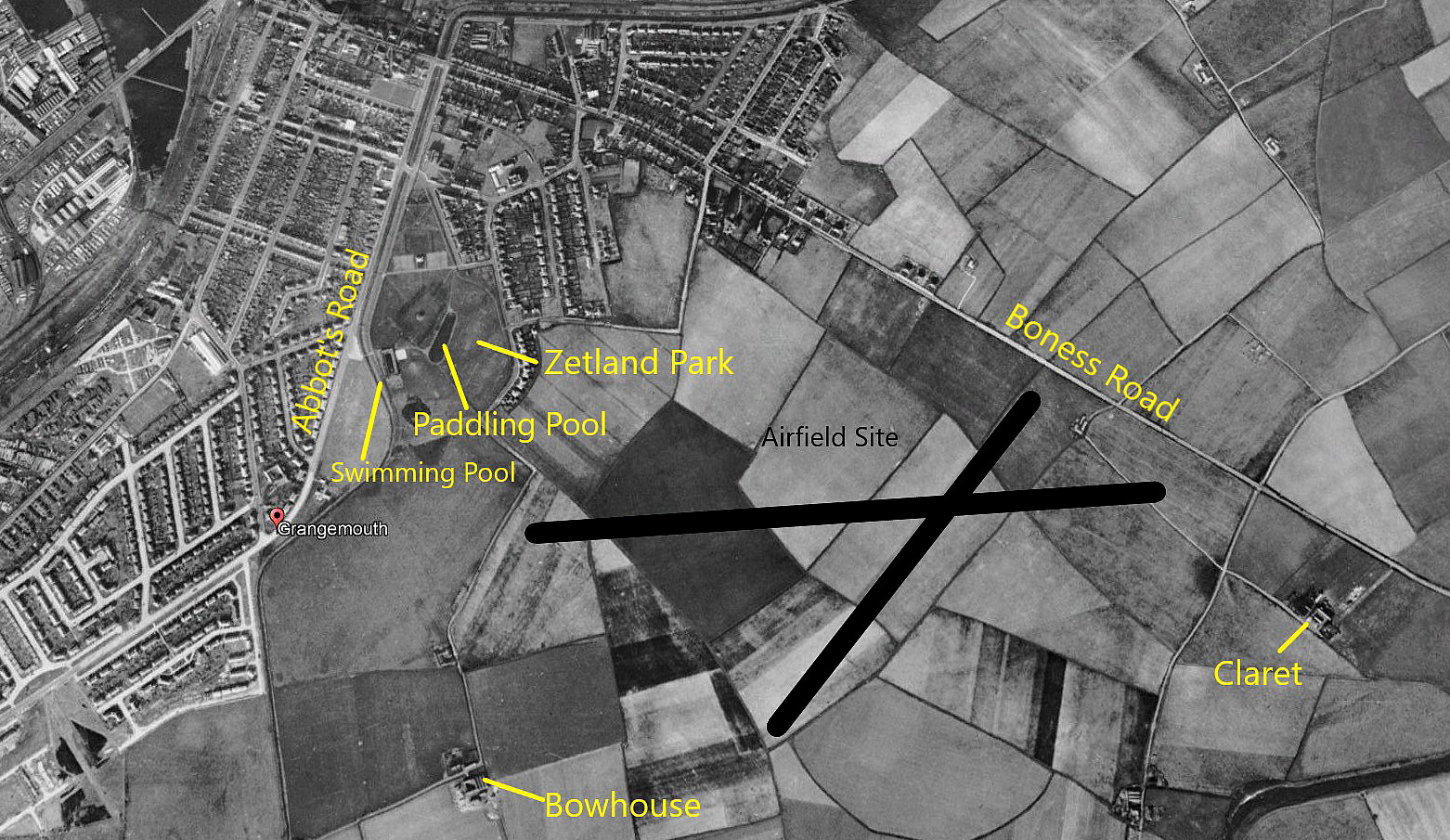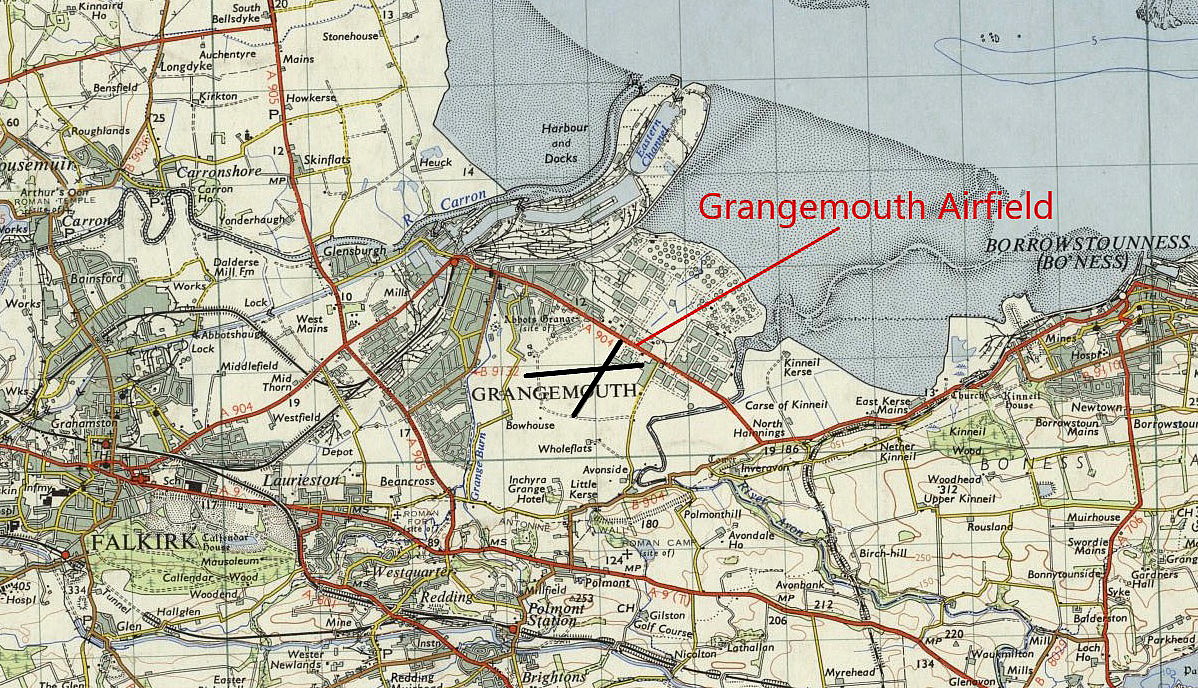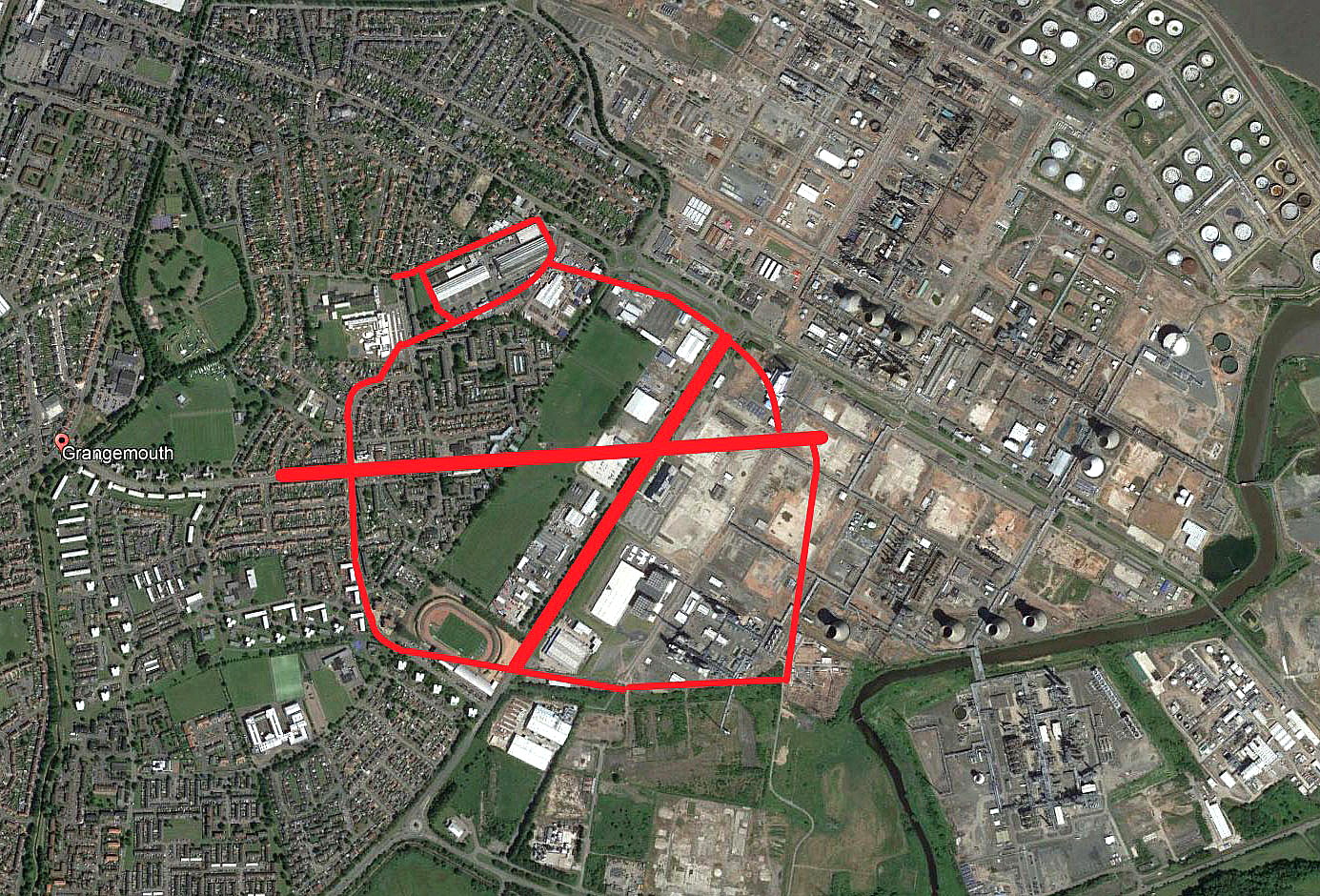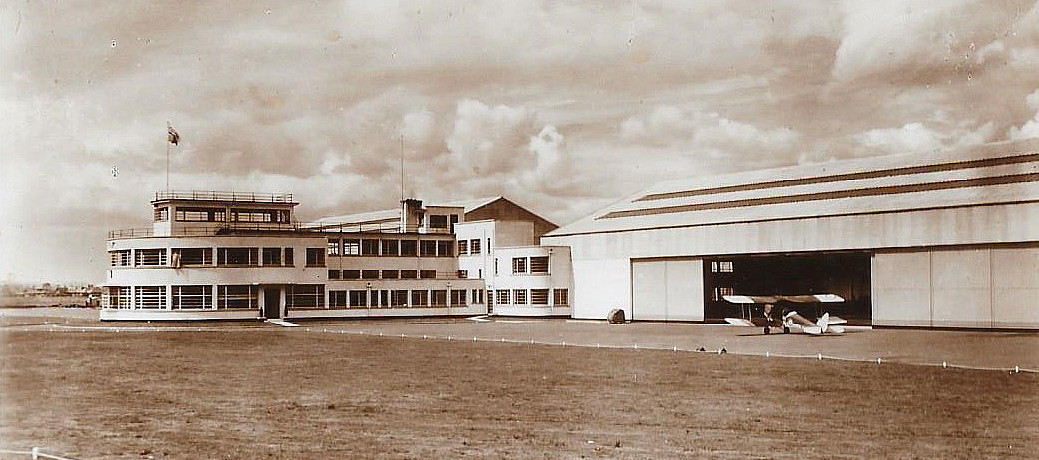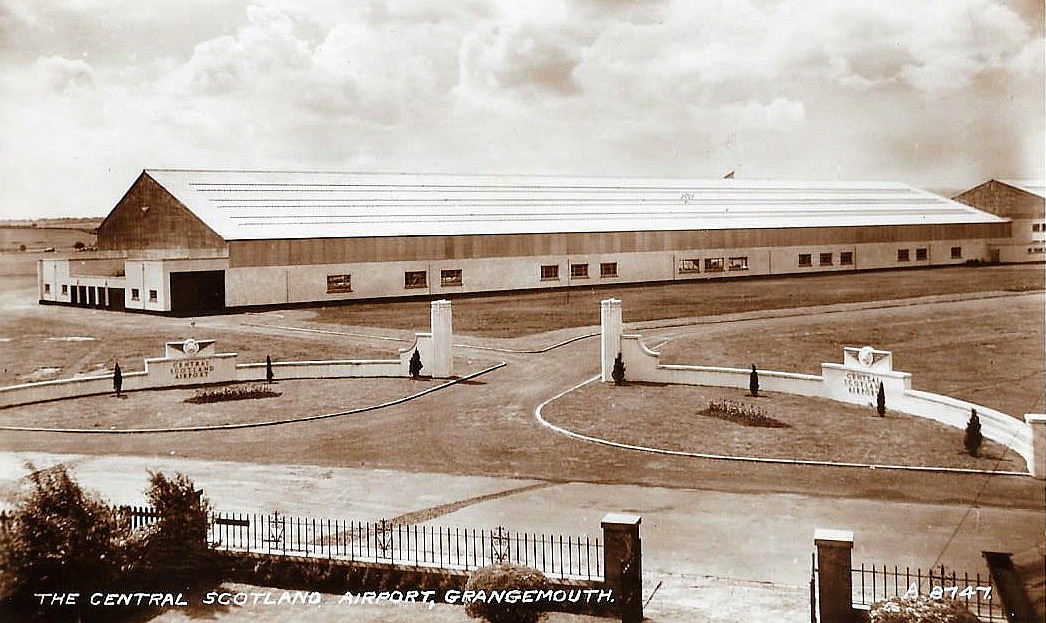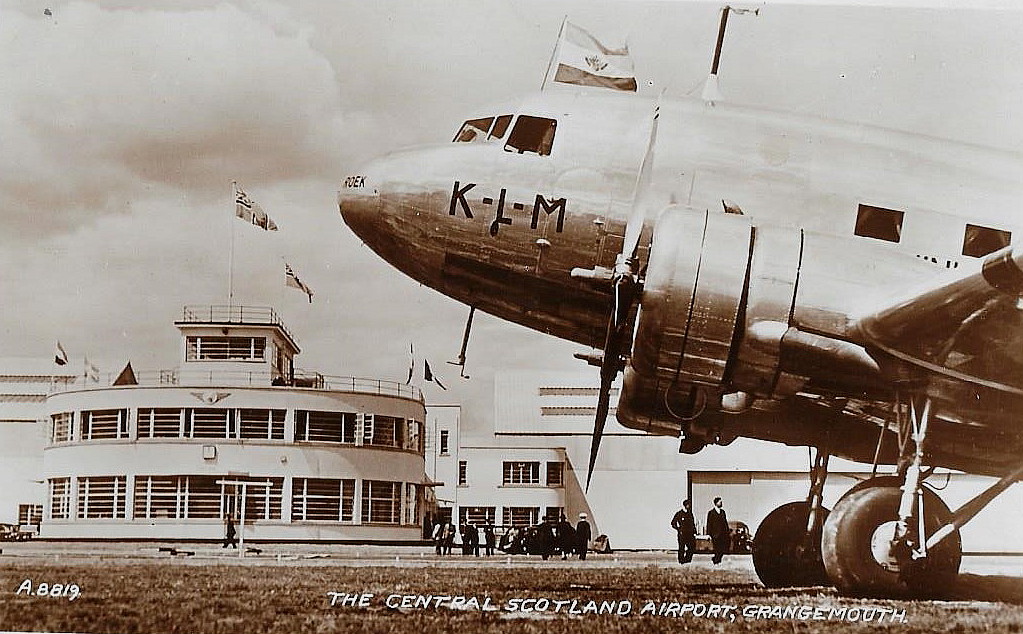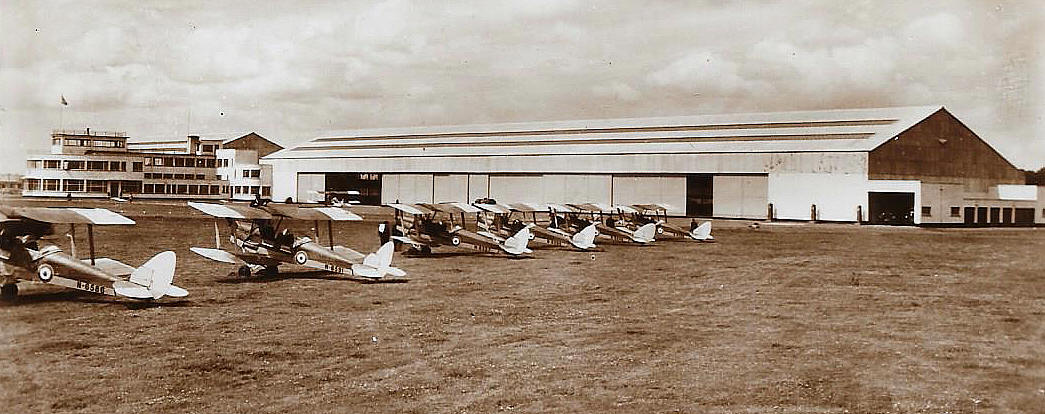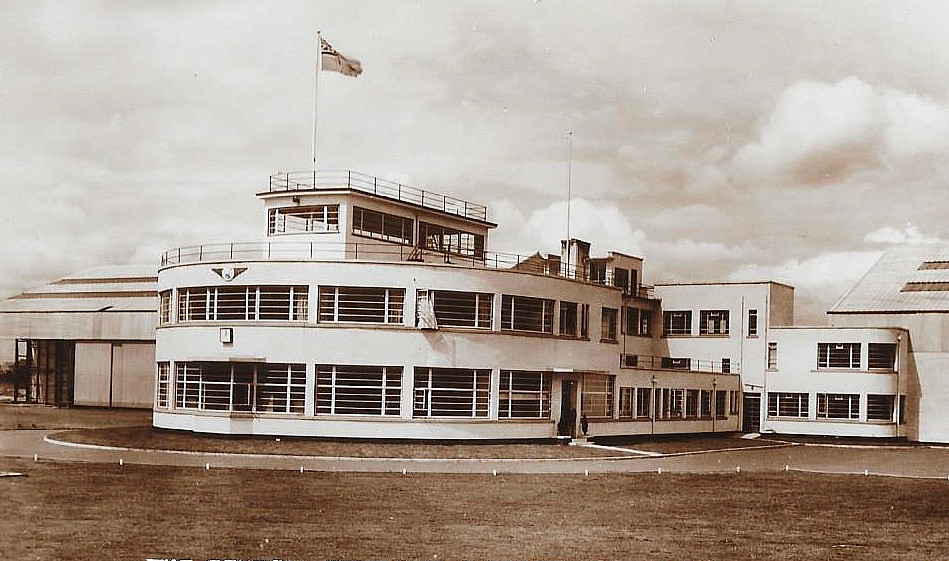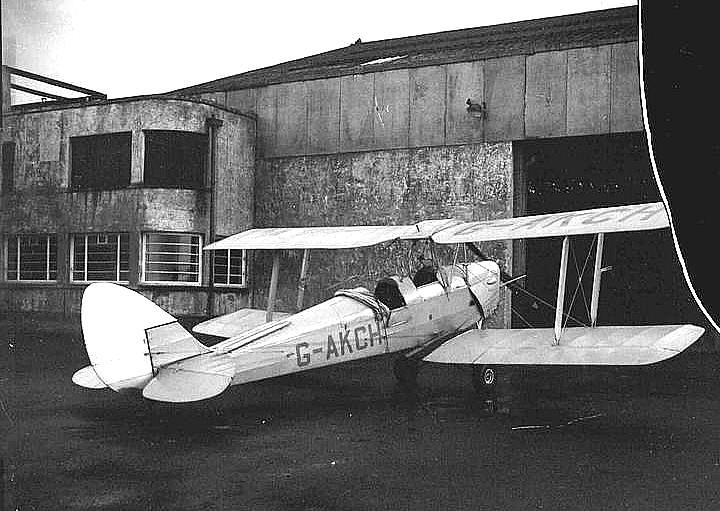Grangemouth
*GRANGEMOUTH: Civil aerodrome/airport. WW2: Military aerodrome
Aka: Central Scotland Airport
Note: This picture was obtained from Google Earth ©
A MICHAEL T HOLDER GALLERY
Note: Mike Holder is a great friend of this 'Guide' and has very kindly provided these maps and pictures.
Military users: RAF Training Command
No.10 Civilian Air Observer & Navigation School (Avro Ansons)
35 EFTS [Elementary Flying Training School] (DH82 Tiger Moths and Hawker Harts)
2 TEU (Vickers-Supermarine Spitfires)
RAF Fighter Command 13 Group
141 Sqdn (Bristol Blenheims & Gloster Gladiators)
263 Sqdn (Hawker Hurricanes & Westland Whirlwinds)
Note: These Whirlwinds were not the later helicopters of the same name.
602 Sqdn (Vickers-Supermarine Spitfires)
614 Sqdn (Westland Lysanders)
*Battle of Britain RAF Station (10th July 1940) 13 Group
141 Sqdn (Boulton-Paul Defiants)
263 Sqdn (Hawker Hurricanes) Still based here 1st September 1940
Later: RAF Maintenance Command 56 Wing Storage Unit
Location: S of the A904, E of the B9132, and rougly E of Grangemouth village as it probably was in those days. 3nm NE of Falkirk
Period of operation: Military: 1939 to 1945 (Possible military/civil activity until the early 1950s?)
Runways: WW2: 09/27 (One source says 10/28) 1280x46 hard 04/22 1006x46 hard
NOTES: GRANGEMOUTH was officially opened as a regional aerodrome/airport in 1939, just before WW2 was declared. Some years ago I made the observation that: "So far I have found no record of any airline activity - or that matter any other activity such as a flying club etc."
However, see the Mike Charlton Gallery below, sent in January 2018. One of the pictures shows a KLM Douglas DC-3 (DC-2?) and, as it is also captioned 'The Central Scotland Airport', it seems reasonable to assume that these pictures were taken in 1939?
As WW2 broke out in September 1939 perhaps this lack of commercial/airline or any other activity can be easily explained. But surely there was a flying club being set up?
A QUESTION
It really does seem most odd. As bashed on about many times elsewhere in this 'Guide' I cannot fathom why so many RAF squadrons were moved around from pillar-to-post. I can of course fully understand why squadrons were moved temporarily from front-line duties to enable them to get some rest. Even then in many cases exposing them to risks of various kinds due to the distances involved. But many moves defy any reason or logic. On the other hand we have examples such as 263 Squadron being based here throughout the ‘Battle of Britain’ period – 10th July through to 31st October 1940.
A MIKE CHARLTON GALLERY
Notes: These five pictures from postcards were kindly sent by Mike Charlton who has an amazing collection. See, www.aviationpostcard.co.uk
This is very interesting. All of these pictures are captioned; "The Central Scotland Airport". Up until seeing these pictures I am quite certain that I had not previously seen any, as they came as quite a revelation. This airport really is impressive and clearly deserves to be regarded as a major regional airport with facilities easily equal to others elsewhere in the U.K.
Third picture: I feel fairly certain that this aircraft is a Douglas DC-3. Mainly because the landing lights are in the wings. But, the front of the DC-2 and DC-3 are very similar - I think. I wonder if anybody today can kindly identify this example?
Fourth picture: I assume that these DH82 Tiger Moths are from 35 EFTS? The colour scheme is pre-war and, they are the earlier DH82 version as the later and much more numerable DH82A versions had anti-spin strakes fitted in front of the tailplane.
POST WW2
In the early 1950s the Scottish Flying Club considered GRANGEMOUTH as a possible base having been turfed out of RENFREW but the local council had other ideas! The airfield had already been closed down and they had no intention of reopening it. I suspect that during WW2 it was allowed to deteriorate to such an extent that there was no hope of finding the money to refurbish it?
Doesn’t this story still sound so familiar today? But, although closed, an aircraft did land there in June of 1948 and I reckon the story is well worth telling in full. It comes from Lewis J Benjamin who contributed to Tails of the Fifties, an anthology compiled by Peter G Campbell and published in 1997.
“Along with a draughty cockpit bare of radio there wasn’t much in the way of navigational help. A fifties pilot relied on compass and a well-worn wartime half-million map indecently nude of over-printing. True, there were occasional prohibited areas to fly around, usually small, mostly firing ranges. Even airfields en route were overflown at 2,000 feet. I seem to recall that below that height we had to give the circuit a three mile clearance. Generally we drew a line to our destination with ten minute interval marks and set off to follow it."
"A simple obvious method in fine weather. If the weather looked duff we could fly with certainty up and down railway lines because our maps showed every line clearly marked single or double track. They went everywhere. Nowadays they are a forgotten species and those that are left are outdated by ADF and GPS.”
MY NOTE
This is not entirely true, quite a few private pilots still like to fly by map alone and I was one of them until 2009. For example I can remember flying from Carlisle to Edinburgh airport under a low cloudbase in 1992. We followed the A74 north towards Glasgow before spotting the railway that led to Waverely Station in Edinburgh. It was quite simple to follow this before branching off left to the airport.
“Incidentally we always flew between 1,000 and 1,500 feet along the right hand side of any track – road, rail or river – essential to avoid the fellow coming the other way.” I also liked to fly at these heights, barely worth calling an altitude, and also obeyed the, “Keep to the right when following a line feature rule”, and on several occasions, fortunately, spotted another aircraft coming straight at us not obeying this cardinal rule!
WHAT A MEMORY
“One flight, non-radio and in this case with little help from the map, comes to mind. For me it conjures up the spirit of flying then. My log book records it was in the June of ’48. I was asked by Danny Taylor, who suddenly felt like visiting his friends and family in Scotland, if I’d fly him up there, and would yesterday be too soon? Danny was a tiny man who ran an amusement arcade in Brighton, and he and his sister-in-law, Eileen, were firm supporters of our small club.” This “club” was the Brookside Flying Group at SHOREHAM (SUSSEX).
“We flew north in our open two-seater, (My note: Probably Magister G-AKRJ), and after stops for fuel at Sywell and Yeadon we pressed on into the gathering dusk above Yorkshire. By now, I’d flown off the South of England map. I hadn’t been able to find a North of England map before we left, but, Danny’s logic that you couldn’t miss the Firth appealed to me, and we left without one.”
This was a basic navigation principal that was also appealing to me. For example, if flying up the east coast to Scotland, keep the green on the left and the blue on the right. The opposite applied on the west coast route. Great big estuaries are quite easy to spot along the way.
“Darkness closed gently about us. There was a full moon and the evening was beautifully still. The land beneath us was ghostly in its pale whiteness, and our Maggie flew herself and her contented passengers into a dreamy state. Sure enough, some two hours after leaving Yorkshire we saw the Firth of Firth in the moon’s reflected light, found the bridge, and turned westwards to Grangemouth, our destination."
"I had reckoned to arrive in the early evening, but we’d stopped for a chicken supper at Yeadon and it had put our timing back a bit. It was dark over the airfield, but I could just discern the even darker triangle of runways below, but as I dropped lower, I saw too the big white crosses painted on the ends of them. Unservicable.”
AN ALTERNATVE?
By this stage you might think a diversion to TURNHOUSE, the airport for Edinburgh that they had just flown past a few minutes before, would have been the better option. But of course they had no radio!
Also, people were waiting at GRANGEMOUTH so that is where they were going to land, come what may. It really is quite difficult today to imagine how, in those days, most people had little idea about ‘risk aversion’ let alone probably lethal consequences. They just carried on.
“Just after the war airfield runways were often used to store munitions, bombs and the like, so no way was I going to land blind on one of them. I eased the throttle and set up an approach on the runway up-moon, aiming to land on the grass alongside. The Maggie sank softly below the tree line, and the moon, low on the horizon, vanished. It left us in Stygian blackness. The grass couldn’t have been 80 feet beneath us, so I closed the throttle and eased the stick into first a glide, and then when I thought the moment was right, eased the stick further back…and back, and finally right back."
"Nothing happened. I could see nothing, there was no instrument lighting, nothing. All I was aware of was the rhythmic bark of the engine up front ticking over. I held the stick fully back and waited. Still nothing happened. Perplexed, I shut off the engine. The black stillness of the night embraced us. A voice from the back said, “Are we down?”
“I don’t know,” I said. We sat there a bit longer and the voice said: “I’ll climb out and see.” I said, “Be careful.” There was the sound of Danny undoing his harness and fumbling around. “I think we are down,” he said, “I’m going to jump.”
"I waited with bated breath. He was only a little bloke, even shorter than me, and the wheat we’d landed in came up to his chest. From afar came voices and flaming torches as Danny’s friends and family ploughed their way to our rescue."
I slept soundly that night in a showman’s caravan, woken only once, when someone implored me to stop Danny, who couldn’t fly, from going on another flight. The full moon was overhead now and probably affecting Danny as much as the whisky.”
AND ANOTHER LANDING, February 1956
We have to thank Mr Graham Frost, a great friend of this 'Guide', for spotting this from the Falkirk Herald Photographic Collection.
The newspaper report states that this de Havilland DH82A Tiger Moth, of Airwork Ltd at PERTH, made a forced landing on the 27th February 1956, whilst enroute from PERTH to TURNHOUSE, (now EDINBURGH airport). The student pilot being Sudanese. However, a bit of delving shows that in fact, it was registered to The Strathtay Aero Club at PERTH, from 26.08.52 to 01.05.56.
As the 27th February was a Tuesday, I can imagine, especially in February, that G-AKCH was probably at a loose end regarding the Aero Club bookings. Seems to me that during slack times it makes perfect sense for the Strathtay Aero Club to have an arrangement with Airwork to use their aircraft and generate very useful revenue. This said, I do wonder if Airwork Ltd, operated the Strathtay Aero Club? If so it makes perfect sense to keep their aircraft flying and earning at weekends. Incidentally, G-AKCH crashed and was written of near Stirling on the 29th August 1957.
There is another aspect regarding G-AKCH which really has me discombobulated and indeed confused. It was previously registered in Australia as VH-BDJ. In fact a batch of three, (were there others?), G-AKCG (ex VH-AVD) and G-AKCI (ex VH-BDK). All initially registered to the Scottish Flying Club at RENFREW on the 25th July 1947. With the U.K. then being awash with ex RAF Tiger Moths, why were these three imported from the other side of the world? Or, perhaps more likely, they were a cancelled export order?
Alan McWhirter
This comment was written on: 2019-09-05 12:47:55Hi, I'm in the final stages of restoring the HF receiver used at Grangemouth Aerodrome. It's a Hallicrafters SX-28 made in Chicago. The radio dates back to1943 and (I'm informed) was obtained by a local HAM radio enthusiast in 1955 when the aerodrome closed. I have photos of before and after restoration if these are of interest?
David Ian Brown
This comment was written on: 2020-01-06 17:52:43I've seen a 1939 timetable for North Eastern Airways in which their east coast service calls at Grangemouth/Central Scotland instead of Turnhouse/Edinburgh.
We'd love to hear from you, so please scroll down to leave a comment!
Leave a comment ...
Copyright (c) UK Airfield Guide
